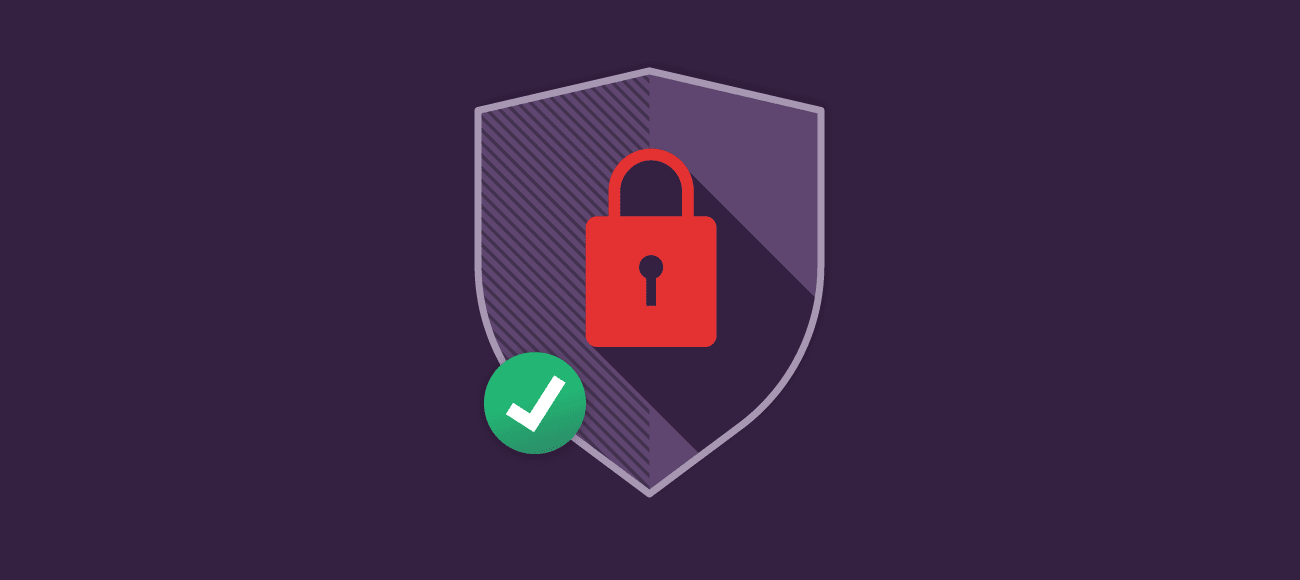How To Optimize Your Website For Maximum Conversions
In today’s competitive online landscape, maximizing conversions on your website is essential to business success. Whether you’re selling products, capturing leads, or encouraging user engagement, every visitor to your site presents an opportunity. To optimize for conversions, you must ensure that your website is designed, structured, and marketed in a way that drives action from your visitors. Here’s a step-by-step guide to optimizing your website for maximum conversions:
1. Enhance User Experience (UX)
A positive user experience plays a crucial role in converting visitors into customers. Ensure your website is intuitive, easy to navigate, and visually appealing.
Simplify Navigation: Make it easy for visitors to find what they’re looking for. Organize your content clearly, and keep the navigation menu simple and accessible.
Fast Loading Speed: A slow website can turn visitors away. Use tools like Google PageSpeed Insights to identify and fix performance issues. Aim for a load time of under 3 seconds.
Mobile Optimization: With mobile traffic increasing, your site must be fully optimized for smartphones and tablets. Use responsive design to ensure your site adapts to any screen size.
2. Clear and Persuasive Calls To Action (CTAs)
Your CTAs should be prominent and persuasive. They guide users towards the next step you want them to take, whether it’s making a purchase, signing up, or contacting you.

Use Action-Oriented Language: Phrases like “Buy Now,” “Sign Up Today,” or “Get Your Free Trial” are clear and encourage users to take action.
Make CTAs Stand Out: Ensure CTAs are easily visible by using contrasting colors and placing them strategically on the page. For example, place them above the fold and at the end of key content sections.
3. Create High-Quality Content
Content is essential for both user engagement and SEO. It helps build trust and positions your brand as an authority in your industry.
Provide Value: Offer useful, educational, and informative content that addresses the needs or pain points of your target audience.
Use Visuals: Incorporate images, videos, and infographics to make your content more engaging and to break up large chunks of text.
Optimize for SEO: Implement on-page SEO best practices (such as keyword optimization and metadata) to ensure your content is discoverable in search engines, attracting more organic traffic.
4. Leverage Social Proof
Visitors are more likely to trust your business when they see others have had a positive experience with your brand. Social proof helps build credibility and trust.
Display Testimonials and Reviews: Include customer testimonials or product reviews on relevant pages. This demonstrates that your brand is trusted by real people.
Showcase Case Studies: Case studies can illustrate how your product or service has successfully solved problems for your customers.
Highlight Social Media Engagement: Show real-time social media mentions, follower counts, or user-generated content to build authenticity.
5. A/B Testing and Analytics
To truly understand what drives conversions, you need data. A/B testing allows you to experiment with different elements on your site, while analytics help you measure performance.
Test Key Pages: Start with your homepage, product pages, and checkout pages. Try different variations of CTAs, headlines, images, and page layouts.
Track User Behavior: Use tools like Google Analytics or Hotjar to track how visitors interact with your site. This data will help identify areas that need improvement.
Optimize Based on Data: Continuously make improvements based on the results from your tests and analytics to refine your conversion strategy.
6. Build Trust with Security Features
A trustworthy website is essential for encouraging conversions, especially if you’re asking users to share personal information or make purchases.
SSL Certificate: Ensure your website has an SSL certificate (the padlock icon next to the URL) to guarantee secure data transmission.

Clear Privacy Policy: Display a clear privacy policy that outlines how you protect user data.
Trust Badges: Display badges from trusted organizations (e.g., payment processors, security certificates) to reassure customers that their transactions are safe.
7. Optimize Your Checkout Process
If you’re running an e-commerce site, the checkout process should be smooth and efficient. A complicated or lengthy checkout can lead to cart abandonment.
Simplify Forms: Ask for only the necessary information to reduce friction. Use autofill options and allow guest checkout.
Offer Multiple Payment Methods: Provide options like credit cards, PayPal, and even newer methods like Apple Pay or Google Pay to accommodate different preferences.
Clear Pricing and Shipping Information: Be transparent about pricing, taxes, and shipping fees upfront to avoid surprises at checkout.
8. Use Exit-Intent Popups
Exit-intent popups are a powerful tool for capturing visitors who are about to leave your site.
Offer a Discount or Incentive: A last-minute discount or a special offer can entice users to stay and complete a purchase.
Simplify the Popup: Keep your popups brief and to the point—no one wants to be interrupted with a long form or overwhelming message when they’re leaving.
9. Use Retargeting Ads
Retargeting ads are an excellent way to bring back visitors who didn’t convert the first time. These ads target users who have visited your website but haven’t made a purchase or taken the desired action.
Target Abandoned Carts: Show retargeting ads to users who added items to their cart but didn’t complete the checkout process.
Personalized Offers: Customize your retargeting ads based on the products users viewed, making the ad more relevant and compelling.
10. Optimize for Speed and Performance
A slow website can ruin conversions. Make sure your website loads quickly to retain users and improve your Google ranking.
Compress Images: Large images can slow down your site. Use tools to compress them without losing quality.
Use Caching: Enable browser caching to speed up your site for return visitors.
Use a Content Delivery Network (CDN): A CDN can deliver content faster to users by serving it from a server closest to their location.
By focusing on these strategies, you can improve your website’s performance and conversion rates. Remember, website optimization is an ongoing process. Continuously test, analyze, and refine your strategies to ensure you’re meeting the needs of your visitors and achieving your business goals.


